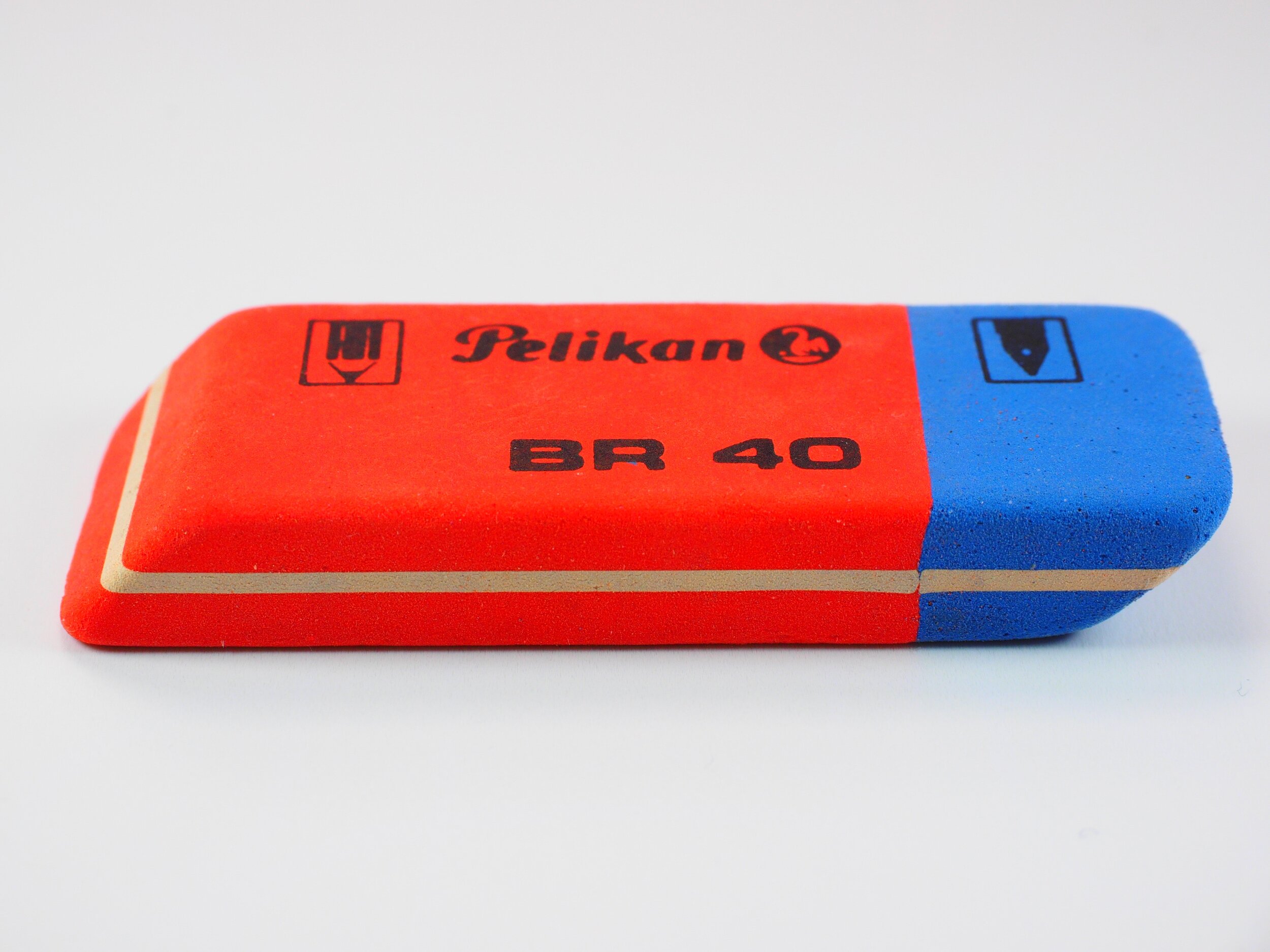The Constructive Part of Criticism
Everyone handles criticism differently. Most of us like to think that when the time comes to receive criticism that we will accept it with grace knowing that it’s meant for our self-improvement. We think this…until it happens to us. We hear that dreaded phrase, “I hope you don’t take this the wrong way...” Most of the time it follows a particularly stressful situation that we may have agonized over, spent weeks preparing for, and days replaying every detail in our mind. Meanwhile, motivational poster sayings float through our head reminding ourselves that “what doesn’t kill you makes you stronger” and “mistakes are proof that you are trying.”
The difficulty in receiving constructive criticism is the tug-of-war between the mental benefit and the emotional reaction. Mentally, we all know that constructive criticism helps us grow as individuals as we pursue our professional and personal passions. Emotionally, we get defensive. While we can’t shut down our emotional response, we can limit its affect.
There are three phases we can use to make the most of the constructive part of criticism.
Removing the Band-Aid: If you have ever removed a Band-Aid, no matter what anyone says, it hurts. You can pull it slow, pull it fast, or numb the area with ice, but whatever you choose, the bottom line is that there will be some amount of discomfort and maybe some watery eyes. Mentally, we know that we need the Band-Aid to prevent infection and allow our body to heal, but when it’s being ripped from your skin, none of the rationale really matters.Constructive criticism always evokes an emotional reaction. We all work hard to perform at our very best every day and from early on you are raised to believe that “practice makes perfect”. Unfortunately, there is always room for improvement no matter how much of an expert you may be on the subject. The mistake we all make is dwelling too much on the emotional reaction to the criticism. We need to limit the time we allow ourselves to process our emotional response and then move on. One of the best ways is to talk through the situation with a trusted colleague or friend. An outside perspective can help move us along from the initial emotional phase to the next two phases.
Redressing the Wound: This is when we move on to the mental response to constructive criticism. The pain of the initial criticism has subsided, and we can look at the injury with a little logic and clarity. This is when our brain helps us to learn what we did wrong in order to prevent this same pain in the future. We need to take time to honestly reflect on the situation and at least admit to ourselves that “yes, I could have handled the situation differently.” The silver lining in all of this is that we are our hardest critics. We remember and dwell on negative situations much longer than anyone else. We allow our imagination and ego to take over and make us believe that our mistake will be the talk of every water cooler conversation or dinner table instant-replay. Sometimes, we think a lot of ourselves. It is during this phase that we need to learn from the past and avoid the same mistake in the future.
Reliving the Scar: The last phase is sometimes forgotten, but is the most fun and unique. It’s the time when you can discuss battle scars. You remember those times when you sat around with your friends, pointed out all of your scars, and told outrageous stories of how they happened, some true and others “inspired by true events.” As we grow both professionally and personally, retelling our stories of mistakes, failures, and disappointment is what makes us relatable. These are the stories that drive our ambition, innovation, and aspirations, but these are also the stories that keep us humble.
Whether the criticism we received was truly constructive is all in our perspective. Whatever form it comes in, criticism is hard to accept and that’s okay. We are human and need to have time to allow our emotions to react, but that time should be limited. We need to move onto analyzing the criticism and eventually, reliving the lesson so that others can benefit from our awkward missteps and we learn to not take ourselves so seriously.
What are your phases for processing constructive criticism?

